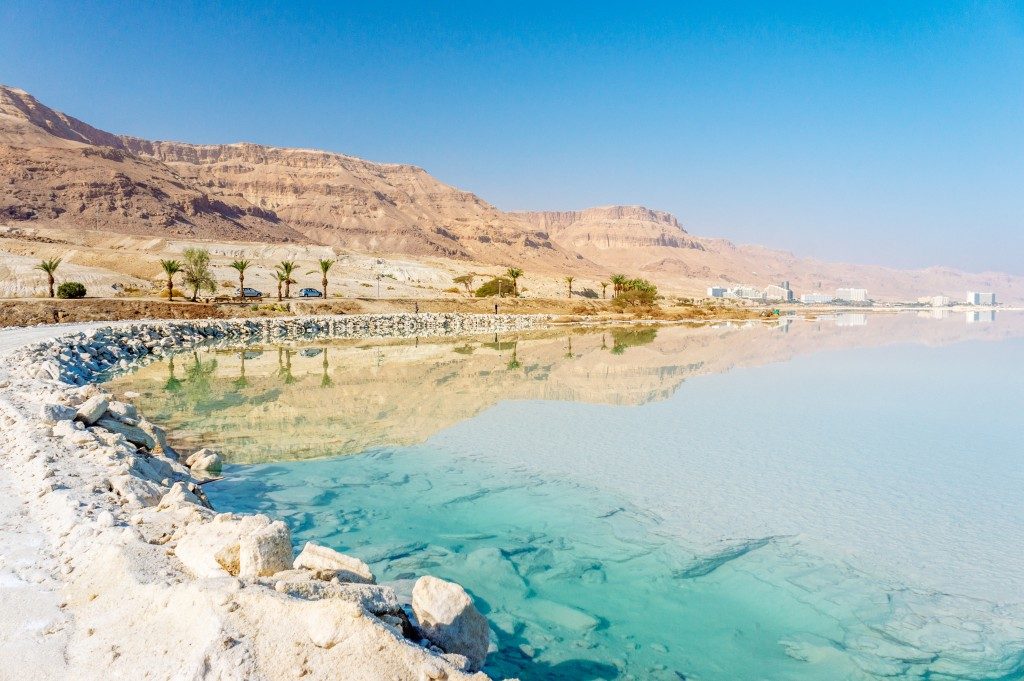The Ruins of Jerash is a historical site that offers tourists a glimpse of the Roman civilization. Among the ruins are temples, colonnades, and monuments of significance to the people of the time. You can learn more about different interesting religious locations by following LDS tours to Israel and Jordan.
Background of the Jerash Ruins
The Jerash Ruins site is one of Jordan’s largest and most interesting Roman historical locations and is the best-preserved area for Roman ruins outside of Italy. The modern city of Jerash is only a day’s trip away from the capital and is positioned right at Jordan’s countryside. It is full of fertile rolling hills and valleys that are filled with plum, fig, and olive trees, as well as wheat crops and pine forests. The city is situated next to the ancient city Gerasa of Antiquity, which houses some of the world’s finest Greco-Roman architecture.
The city of Jerash once enjoyed great wealth and importance because of the fertile lands in the area and the year-round fresh water supply. However, an earthquake in AD 749 destroyed massive areas of the city and left ruins and debris buried into the soil for hundreds of years. It was not until 1806 that a German explorer accidentally discovered the ruins of the once great Roman city.
It took 200 years of slow and steady excavation and a resettlement of the modern city across the valley for the area to eventually become Jordan’s second largest tourist destination. Today, the site of the ruins offers an excellent opportunity for visitors to get a taste of Roman rule in the Middle East and piece together the ancient life that had flourished there thousands of years ago.
Tourism of the Jerash Ruins
The ruined city of Jerash serves as a major tourist attraction. It speaks to Jerash’s past importance as a great imperial city with its numerous temples and theatres, colonnaded avenues, and imposing ceremonial gates. The site covers a huge space and knowledgeable guides can help visitors navigate the main complex and allow the ruins to come alive even further. One can visit the ruins and take a leisurely walk, sit on fallen columns, and enjoy spectacular views of the landscape.
Located south of the main ruins is the striking Hadrian’s Arch erected in AD 129 in honor of Emperor Hadrian’s visit at the time. Beyond this is a hippodrome that hosted chariot races in front of almost 15,000 spectators. The South Gate, built in AD 130, leads into the city proper and is distinctive because of its shape and massive size. It also contains 56 Ionic columns spread across the paved limestone plaza to connect the Temple of Zeus and the cardo maximus.
The remains of the Temple of Zeus, which was built in AD 162, present a breathtaking view for a short climb. Close by, the cardo maximus, the city’s main thoroughfare, stretches into the North Gate and remains paved with its original stones. This colonnaded street is intersected with the main fountain of the city, a monumental gateway, and a staircase. The North Theatre was built in AD 165 and has been restored to its former glory. There is also a small museum nearby with a collection of artifacts lifted from the ruins.
The Ruins of Jerash serves as a historical relic of the long fallen Roman Empire. The monuments and temples erected in that era and ruined in the earthquake attract tourists to Jordan.

